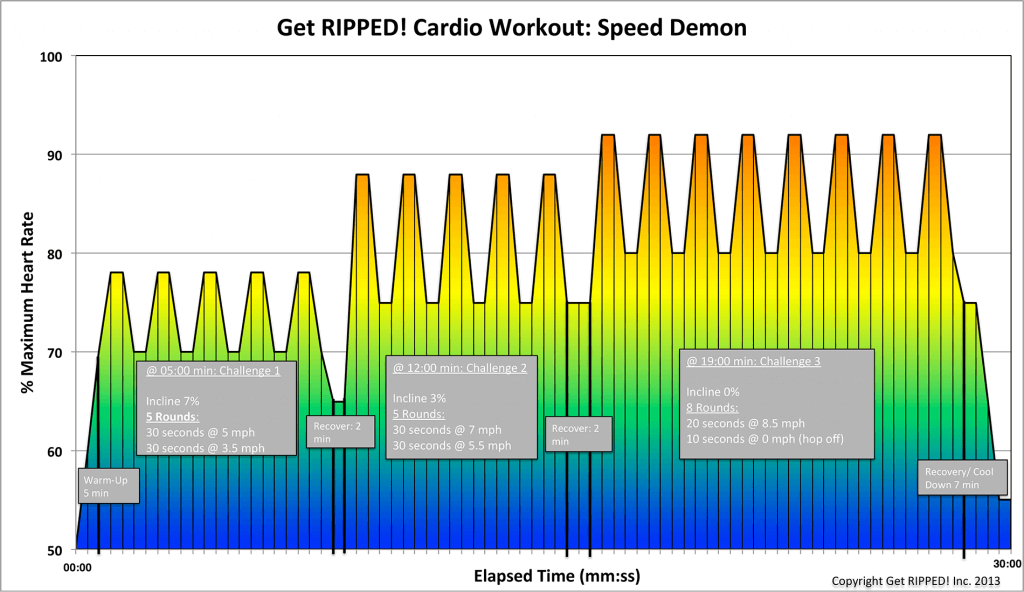In Calgary, Canada, many children, pre-teens, and teens suffer from emotional difficulties and mental health issues. Some of those issues were eating disorders that created an unhealthy preoccupation with food—either binging on it, avoiding it, binging and purging, or limiting specific types of food. Eating disorders are difficult to treat. One estimate indicates by the time people reach 40, 1/7th of men and 1/5th of women will have experienced it. The vast majority of those cases begin young, with 95% starting before age 25. How can parents help prevent eating disorders?
What are the different types of eating disorders?
Four main categories of eating disorders exist with many variations. Anorexia nervosa is probably the best known. People suffering from anorexia nervosa either restrict food intake or binge, then purge to avoid weight gain. The purging after what they consider excessive food intake includes over-exercising, taking laxatives or diuretics, or vomiting. Bulimia nervosa is another type of eating disorder. Pre-teens with bulimia nervosa only binge and purge. The Binge eating disorder isn’t about weight loss but about overeating. Many people with this type of disorder are obese. Avoidant restrictive eating is the most common type of disorder. It’s often associated with picky eaters but can lead to malnutrition.
You’ll notice signs of an eating disorder in pre-teens.
One of the more obvious ones is a change in eating habits. It could be anything from becoming a vegetarian to shunning all food. Teens and pre-teens can be sneaky, so you might not notice they’re losing weight. Clothing can hide weight loss. Look for long sleeves, loose clothing, and clothes that look too warm for summer. If your child wears a big, baggy sweatshirt in 90-degree weather, they’re hiding something. It’s probably their thin body. Maybe your child is eliminating entire food groups, such as meat, desserts, or carbs. You may notice an almost ritualistic obsession with food and its preparation, then not join the family at the table. It could also include other changes in eating habits, obsessively eating, overindulging, and hiding food throughout the house.
Here are some influences leading to eating disorders.
Parental obesity, childhood obesity, critical comments about weight, eating habits, or shape, early menarche, parental problems such as high expectations or low contact, parental psychiatric disorders, and alcohol abuse were all factors for bulimia. Perfectionism is common in people with eating disorders as is viewing themselves in a negative context.
- Talk to your child and listen to their response. Make it honest and open to learn their concerns. Don’t belittle their problems. What may seem unimportant to you could be crushing to your child.
- Talk to your healthcare professional. Discuss the signs you’ve noticed that might mean your child has an eating disorder. Your healthcare professional may want to schedule a physical for your child.
- When addressing the issue, focus more on the child’s health and mental well-being. Many children with eating disorders are unhappy with how they see themselves. They may get angry with you but stay focused.
- Learn to identify the signs of eating disorders. Make your home environment more conducive to a healthy lifestyle rather than focusing on appearance.
For more information, contact us today at Get RIPPED! by Jari Love


